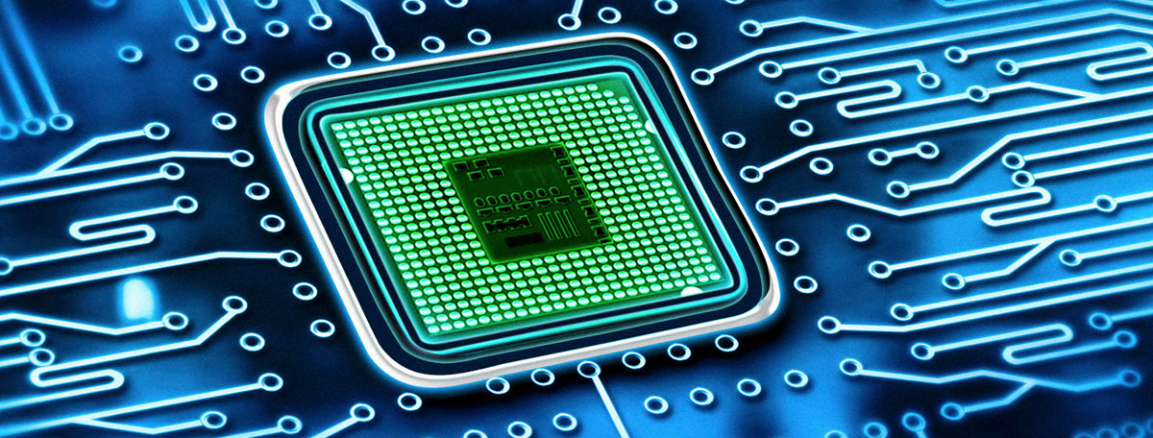Last week marked the end of CES 2023. CES (Consumer Electronics Show) is a yearly tradeshow in which various companies show off their consumer-focus technological developments for everything from the kitchen to the road. Some of the items shown are for planned products. Others are prototypes or show pieces. Many of them show the application of digital electronics to a product. Due to Covid, the show was virtual in 2021. In 2022 the show was in-person, though with a much smaller presentation. This year, 2023, the show was closer to what it had been in times past. Reviewing some of the technologies and products displayed at the show, I wanted to highlight some of my favourites.
Vive XR Elite
The VIVE XR Elite is an augmented reality headset coming later this year. It is available for preorder now for about 1100 USD. This is less expensive than the Meta Quest Pro. It functions both as a standalone unit and can use your PC for gaming via a wireless connection. If you are nearsighted, the headset allows for the projection to be refocused for nearsightedness down to -6. At CES these were presented as units with a 90 Hz refresh rate. Though on their web page they are still described as having a 60 Hz refresh rate. The display resolution per eye is 1920×1920 pixels. The unit only wears 650 grams, with the optics in front and the batter pack in the back making for a more balanced layout. While the unit has controllers, it is also capable of hand tracking.
EcoFlow Blade
EcoFlow’s primary products are solar panels and batteries. For a person looking to go off-grid, these may be great accessories. These are also great if you live in an area with an unreliable power system. The EcoFlow Blade is an all-electric automated lawnmower. Even off-grid, you might want to have a nice lawn🙂. It looks a lot more like an RC car than a lawnmower. The company says that it can both mow the grass and pickup fallen leaves. Having used electric mowers in conventional form factor, my experience thus far has been that they sometimes don’t have enough power to do the entire lawn in one session. However, if the grass cutting is automated, I’m less concerned with how many sessions it takes.
EcoFlow also showed off batteries for the entire house and a portable fridge/ice-maker also powered by their batteries. You can find more about these products here.
Ring Cameras for Car and House
Ring announced a couple of new cameras. These cameras had actually been announced before, but plans were apparently disrupted by the pandemic. One product is a Ring Camera for one’s auto-interior and exterior . The unit has cameras facing in both directions so that it records both the road and what is happening inside the car. When connected to the Internet via WiFi or LTE the owner can get alerts of events inside the car and engage in two-way conversation. With a verbal command (“Alexa, Record”). The unit is powered through the car’s OBD port. Amazon recommends for safety reasons, only use the unit in a vehicle with the OBD port on the left side of the steering wheel. This unit will be available for purchase in February.
Another is the Always Home Ring Camera. This is a drone that flies a path throughout your home on a pathway you’ve selected before flying back to its charging base. This camera solves a problem in security cameras in that they can only see from a limited angle. Withe the camera being mobile, there are more angles that it can potentially capture. Presently, Amazon is taking orders by invitation only.
Wireless 4K TV
While the 97-inch screen of the the LG M3 is eye-catching, for me the more significant attribute is that it can receive 4K signals wirelessly. Given the amount of effort I put into hiding or at least making neat the wires for the various video connections that I have, I see this as a product solving a modern day solution. The TV has a peripheral device to which video and audio sources connect. This box transmits to the TV. This solution is called “Zero Connect” and is expected to be part of their 2023 TV lineup.
Android Satellite Connectivity
Snapdragon is rolling out its chips that provide connectivity with Iridium satellites to Android devices this year. The connectivity could be used to have two-way text based communication. While the functionality it provides is simple, the ability to communicate in emergency situations is vital. Satellite connectivity may greatly reduce the situations in which one can find themselves without the ability to communicate with others.
Posts may contain products with affiliate links. When you make purchases using these links, we receive a small commission at no extra cost to you. Thank you for your support.
Mastodon: @j2inet@masto.ai
Instagram: @j2inet
Facebook: @j2inet
YouTube: @j2inet
Telegram: j2inet
Twitter: @j2inet












